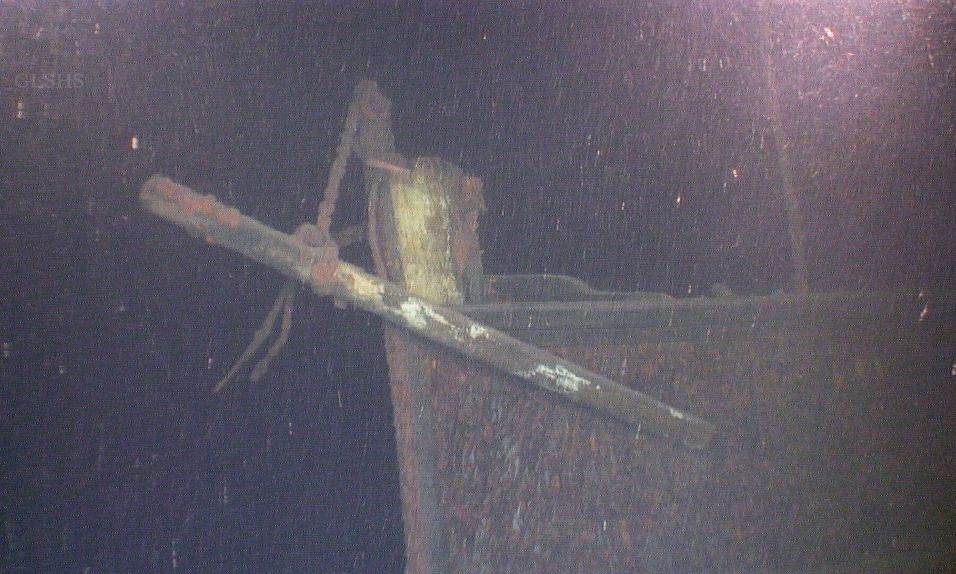In the heart of Saxony-Anhalt, a region of Germany steeped in history, lies a treasure that has rested beneath the waters of Lake Arendsee since the 13th century.
The discovery of a sunken medieval ship, believed to be around 800 years old, captured global attention after being featured by National Geographic.
But the story took an unexpected turn when the ship was deliberately returned to the lakebed — a decision made to protect it from damage caused by exposure to air.
This choice highlighted the complexity of archaeological recovery efforts and the importance of prioritizing long-term preservation over immediate public display.
A Surprise Lift from the Deep
Since the 1990s, recreational divers had known about the wreck, which lies at a depth of about 35 meters (with the lake's maximum depth at 55 meters).
It wasn’t until a team of specialists got involved that the ship was successfully brought to the surface for the first time, allowing for detailed examination, according to the German State Office for Monument Preservation and Archaeology.
Measuring 12.5 meters long, 2.5 meters wide, and nearly one meter in height, the vessel was built from oak wood. It was designed to carry both goods and passengers, using oars and sails for propulsion.
An Unusual but Necessary Preservation Effort
Unlike many archaeological finds, this vessel — though not unique in type — was returned to the lake, now at a shallower depth of about 20 meters, according to officials.
The reasoning lies in the need to prevent the rapid deterioration that can occur when ancient waterlogged wood comes into contact with oxygen-rich air after centuries in a low-oxygen environment.
Part of the decision to submerge the ship again was also financial: properly preserving such a find on land would require costly and highly specialized treatment to stabilize the wood. Instead, the ship was carefully covered with a special textile, preserving it for future research and possible re-recovery.
Significant Finds On Board
The explorations not only revealed the ship’s structure but also unearthed numerous artifacts offering a glimpse into medieval life.
Among the finds were skeletal remains, fishing tools, ceramic vessels, and ropes — all indicating the vessel’s use in daily medieval activities. Intriguingly, the ship was also adorned with decorative carvings at its bow and stern, shaped like bears and birds.
Looking Ahead
Despite its return to the depths, German authorities have not ruled out the possibility of bringing the ship back to the surface permanently one day. If adequate funding becomes available, the vessel could be raised again — this time to take its place in a museum, where the public could engage with its medieval legacy and marvel at the secrets of underwater archaeology.
For now, Lake Arendsee will continue to safeguard this rare and precious artifact, preserving its mystery and essence beneath the water — just as it has done for centuries.







